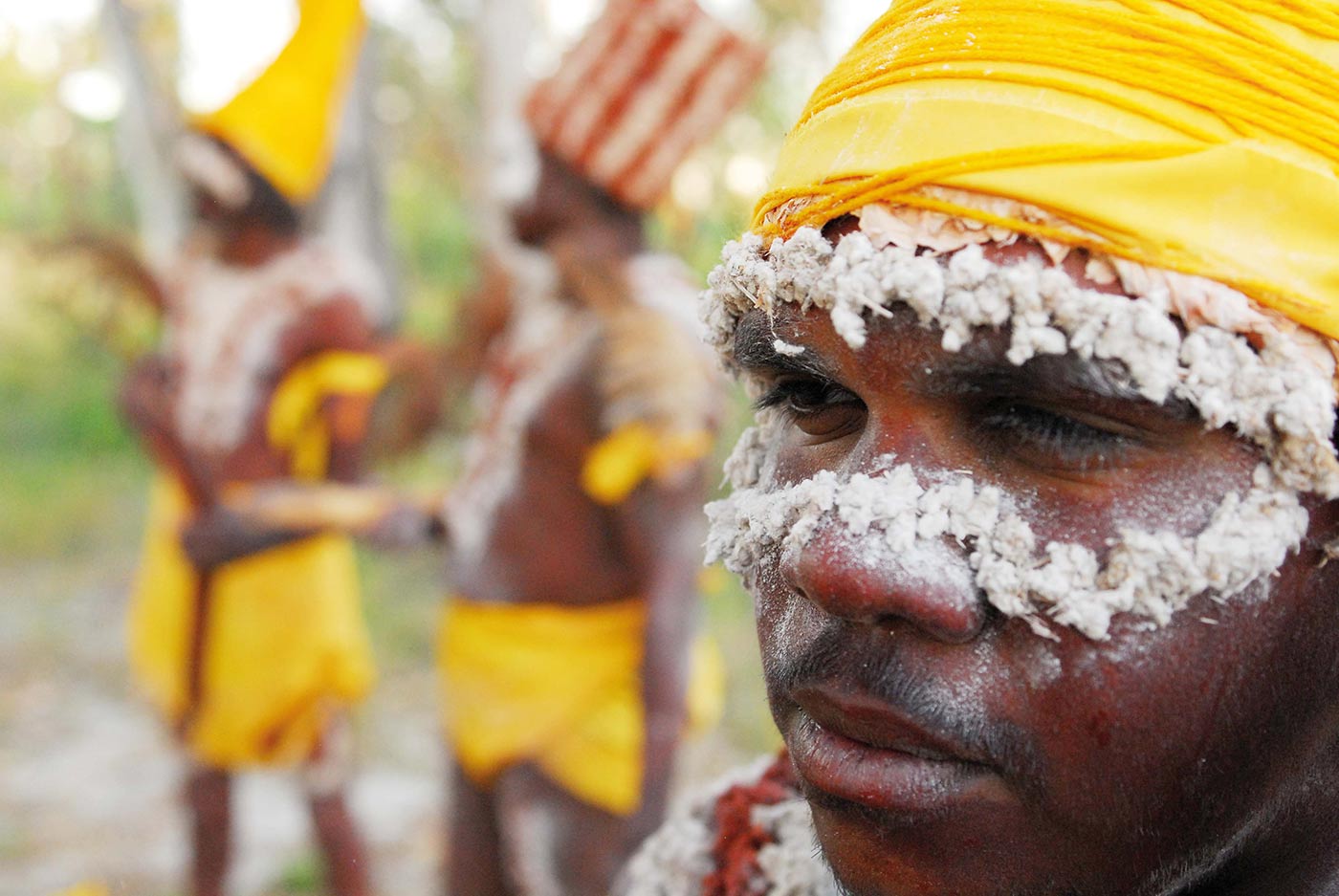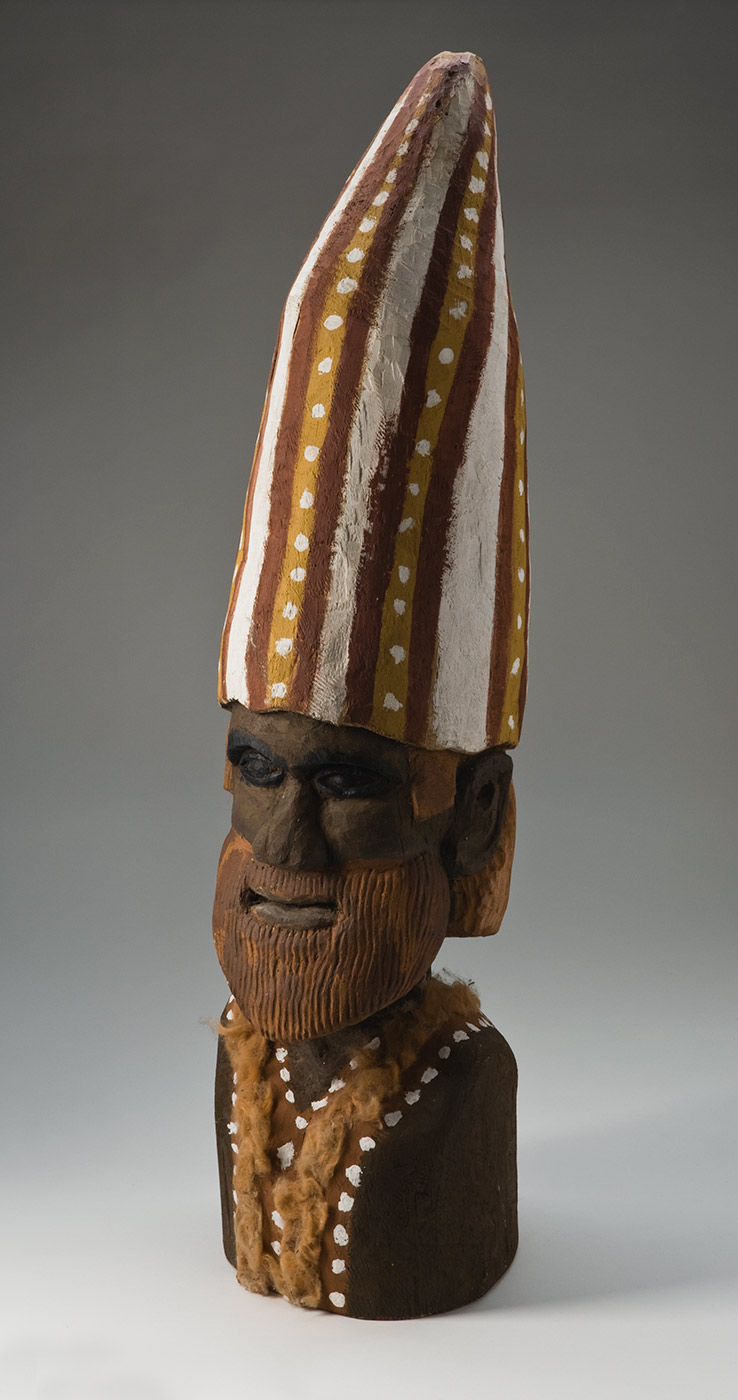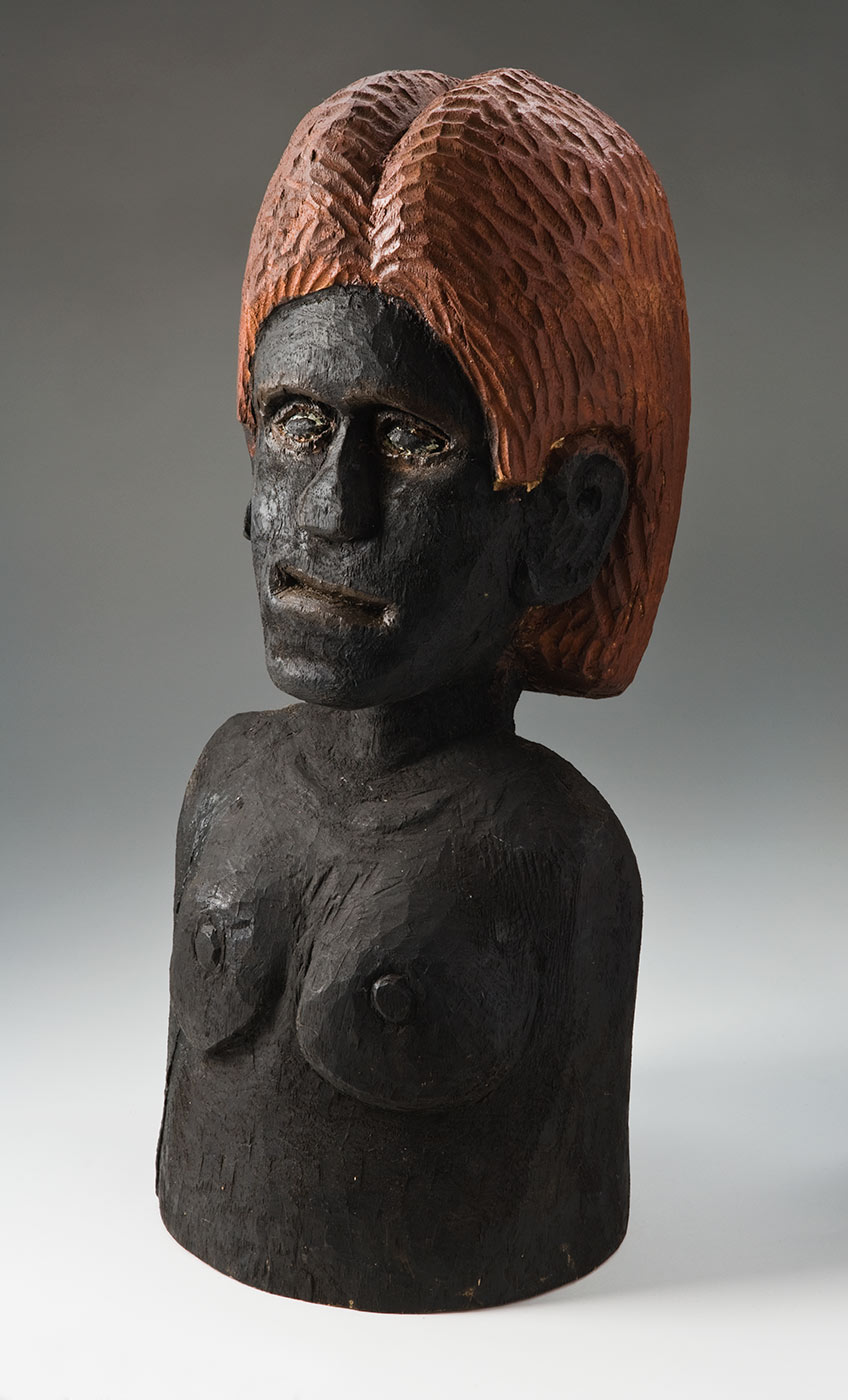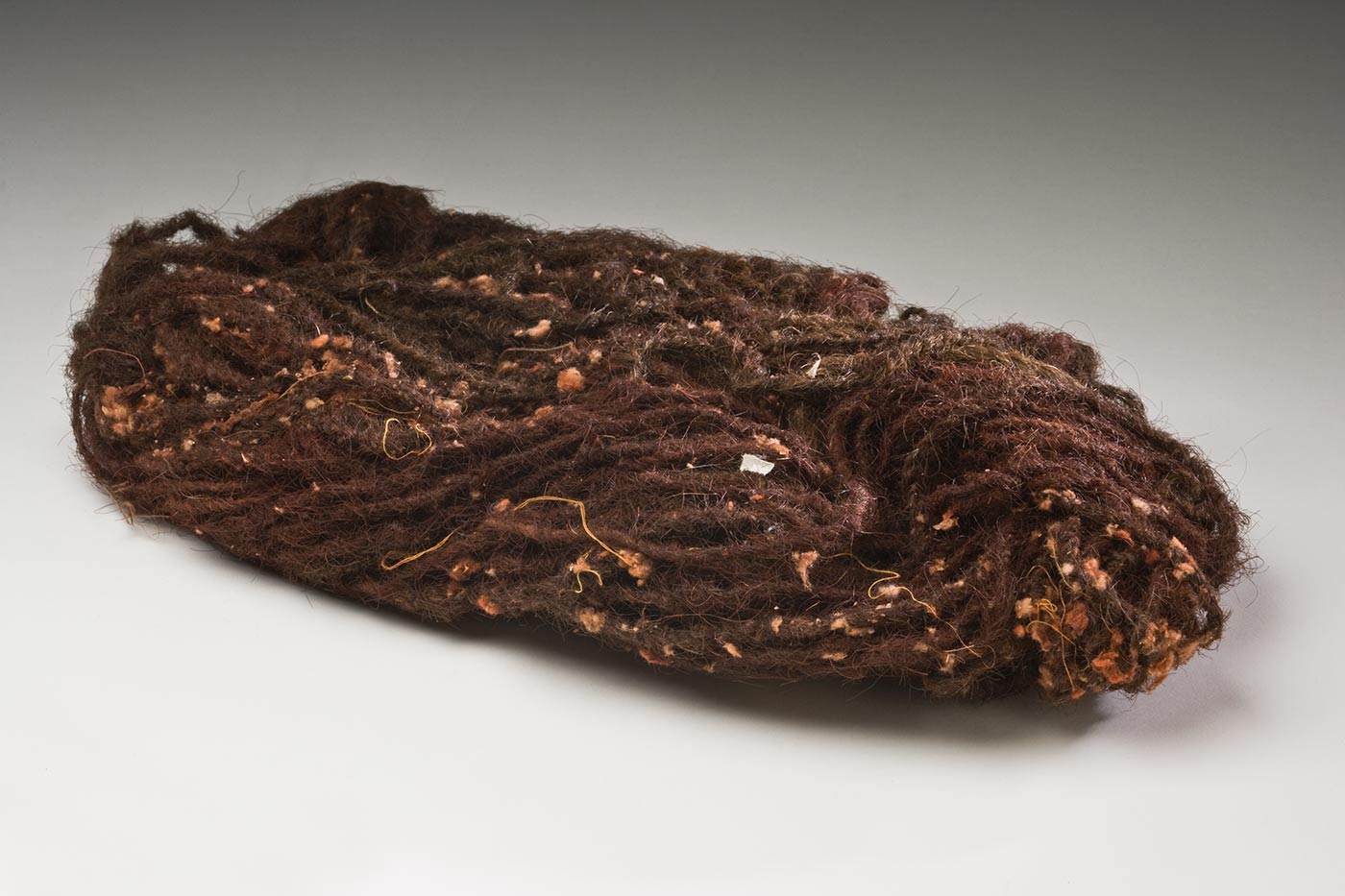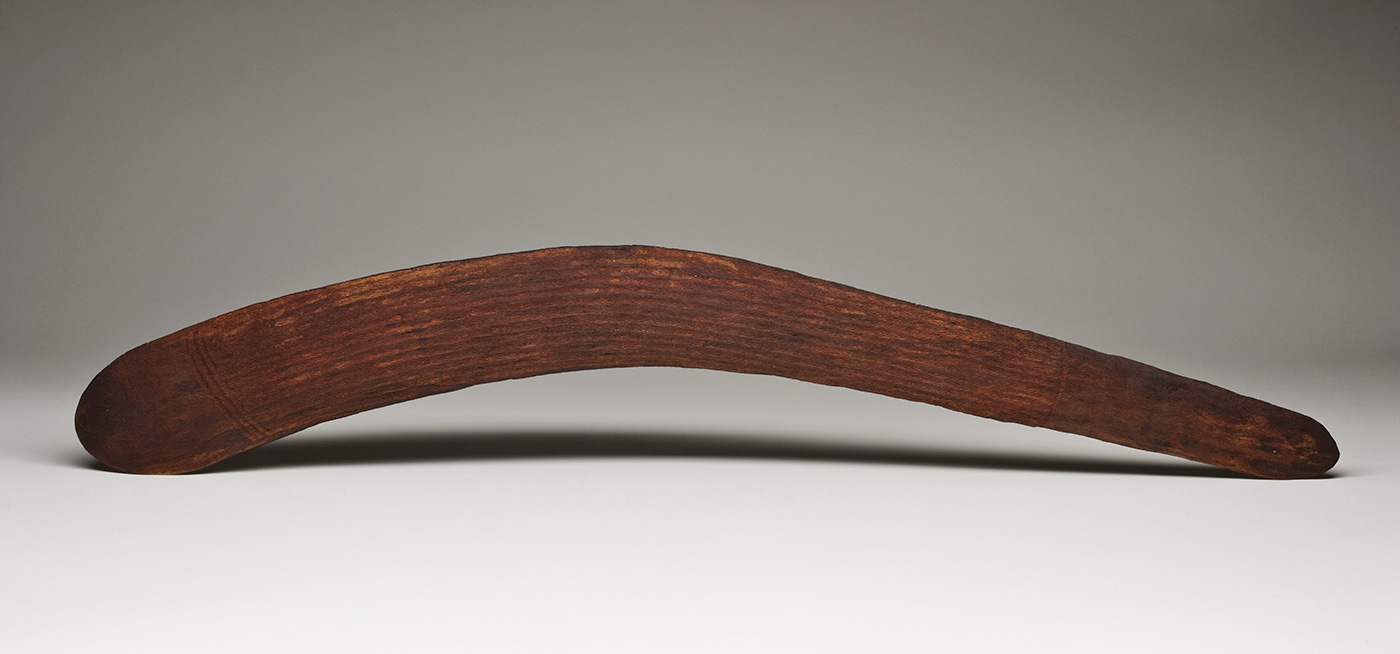Yanpiyarti Ned Cox, Fitzroy Crossing, 2010:
My father and that old man Wirrali they brought that Majarrka [dance] with them. Those old people had big mob of dance then.
Majarrka juju (song and dance) describes the true story of Wurtuwaya (Yanpiyarti Ned Cox’s grandfather) and Wirrali (Mayarn Julia Lawford’s grandfather).
While travelling near Paruku, they had discovered a group of men performing a ceremony with their stolen Majarrka totem. When the ceremony ended, Wurtuwaya and Wirrali crept in unobserved and retrieved the sacred totem.
Afterwards Wurtuwaya and Wirrali created a new dance, Majarrka juju. They adapted aspects of the song and dance they had seen the men performing, but used different paint and body decoration, dance moves and language.
Today, Majarrka juju is an important dance, performed by both senior and younger men; it has been credited with reviving the enthusiasm of young men for their ceremonial culture.
Dancers who depict the bosses Wurtuwaya and Wirrali wear kumunungku (square headdresses) and carry shields and wirlki (‘number 7’ boomerangs). The pukurti (tall headdresses) are worn by dancers depicting the thieves who stole the Majarrka totem.
Traditionally, paperbark headdresses are fastened with tungkul (hairstring), an important ceremonial material used by both men and women. After the death of close family members, certain kin relations who are in mourning cut their hair; women use this to make tungkul.
Singers perform Majarrka, Kurtal and Kaningarra juju to the rhythm of karli (boomerangs), which are used like clapsticks. The carved head represents one of the Majarrka dancers.
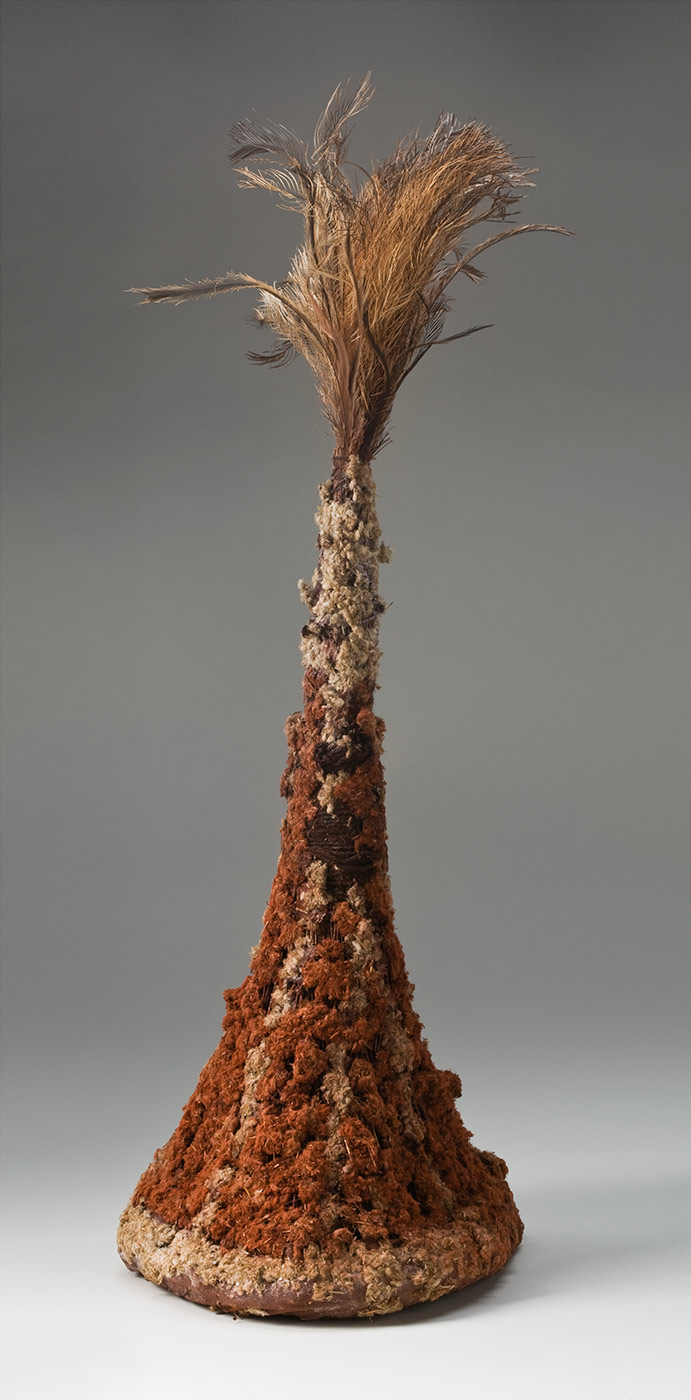
Pukurti (tall Majarrka headdress) by Ned Cox
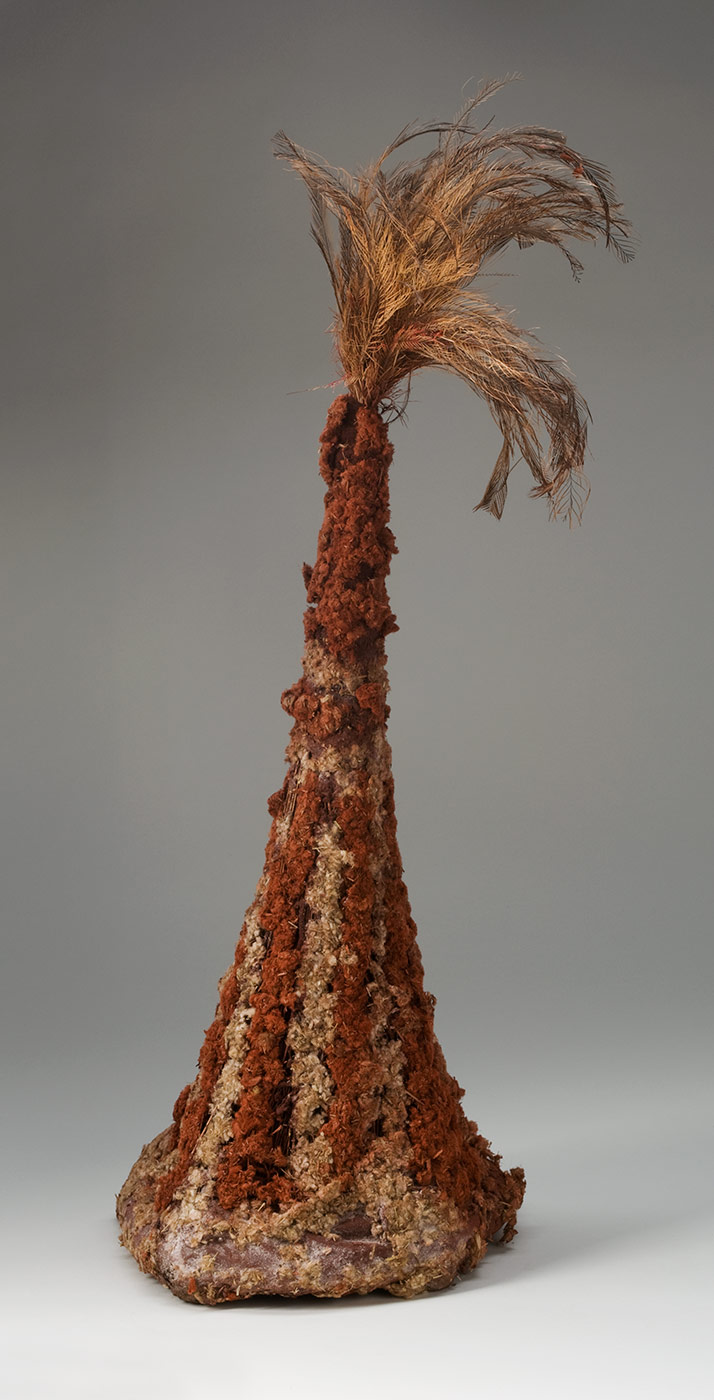
Pukurti (tall Majarrka headdress) by Ned Cox
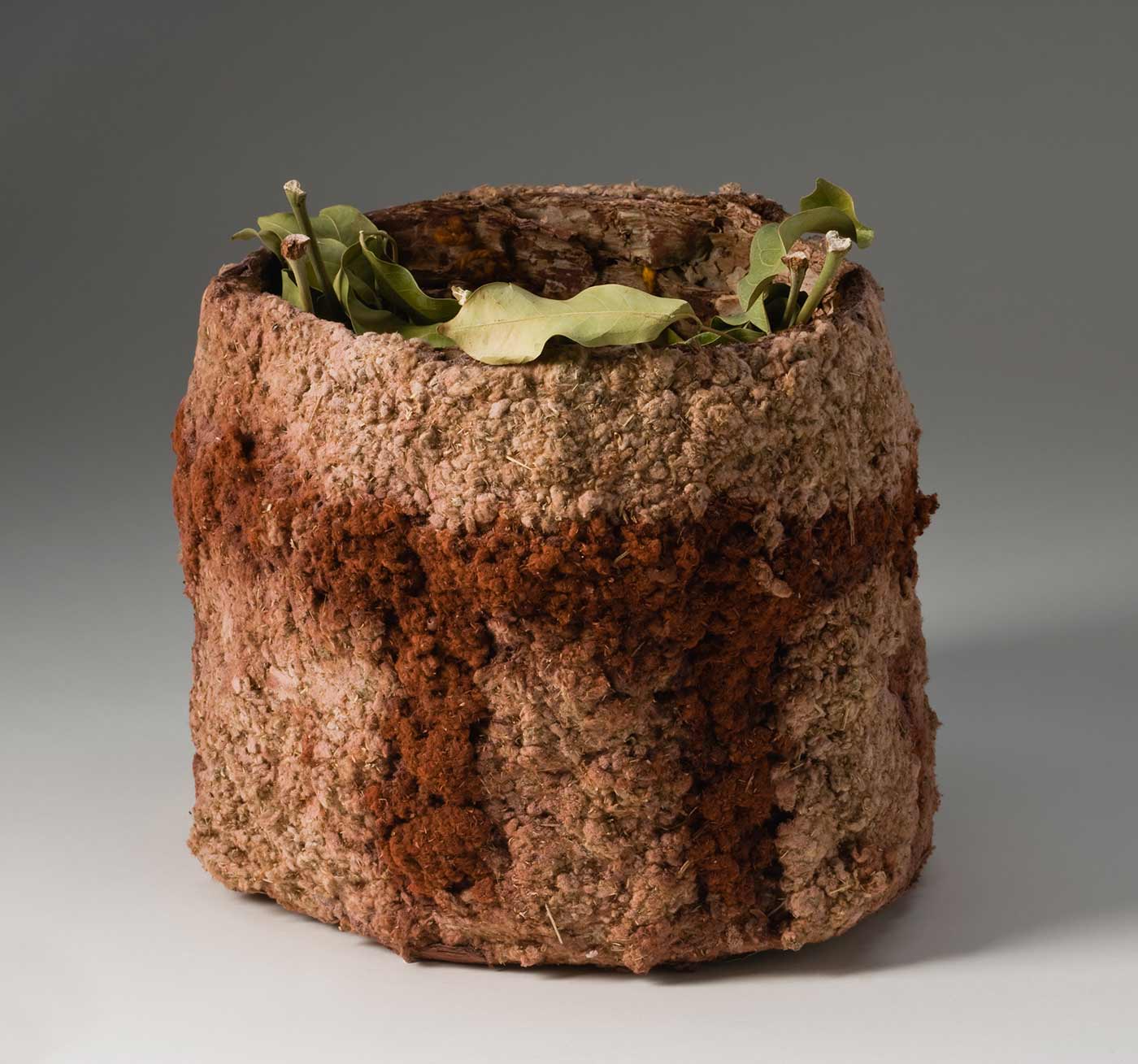
Kumunungku (square Majarrka headdress) by Ned Cox
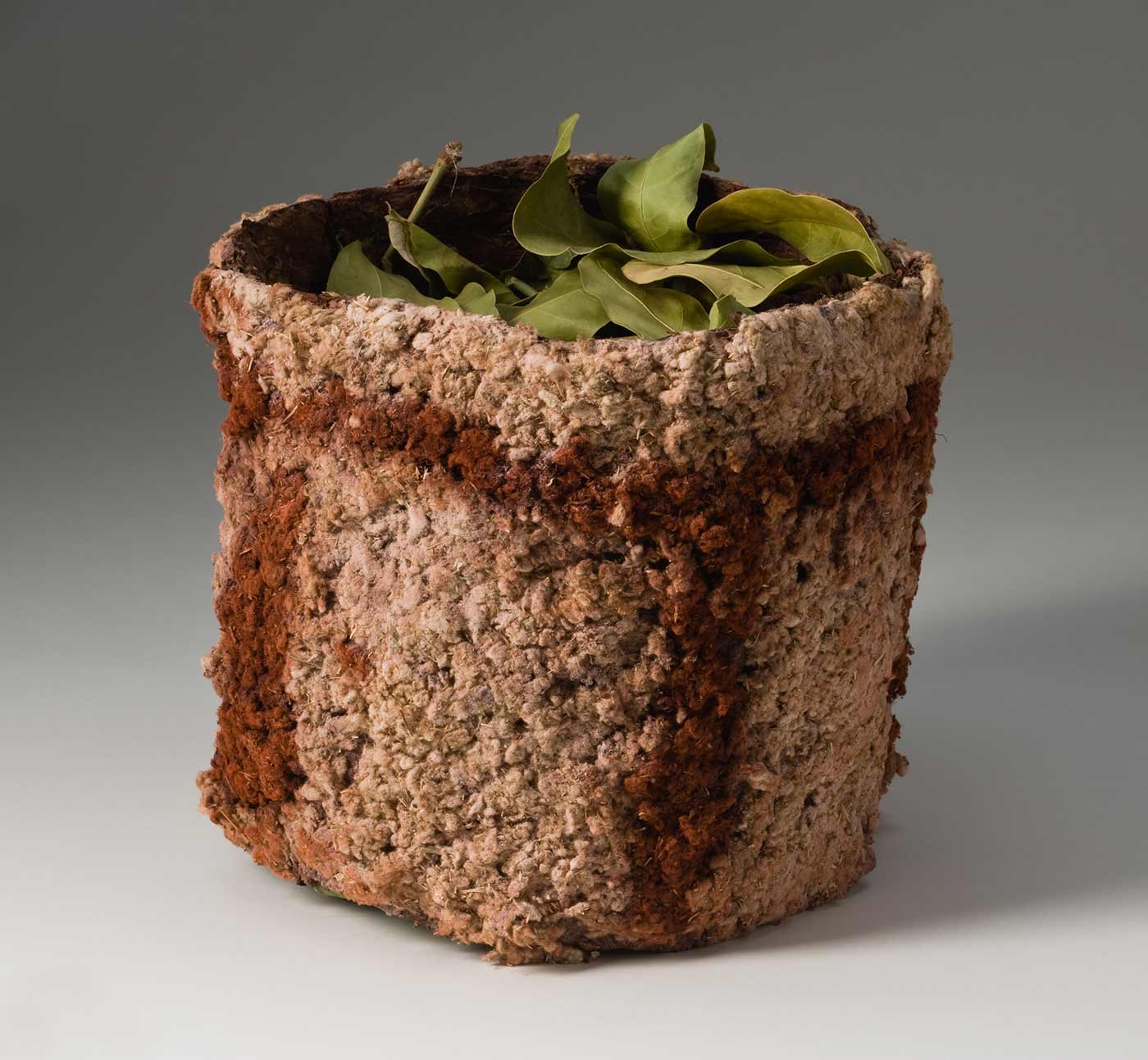
Kumunungku (square Majarrka headdress) by Ned Cox
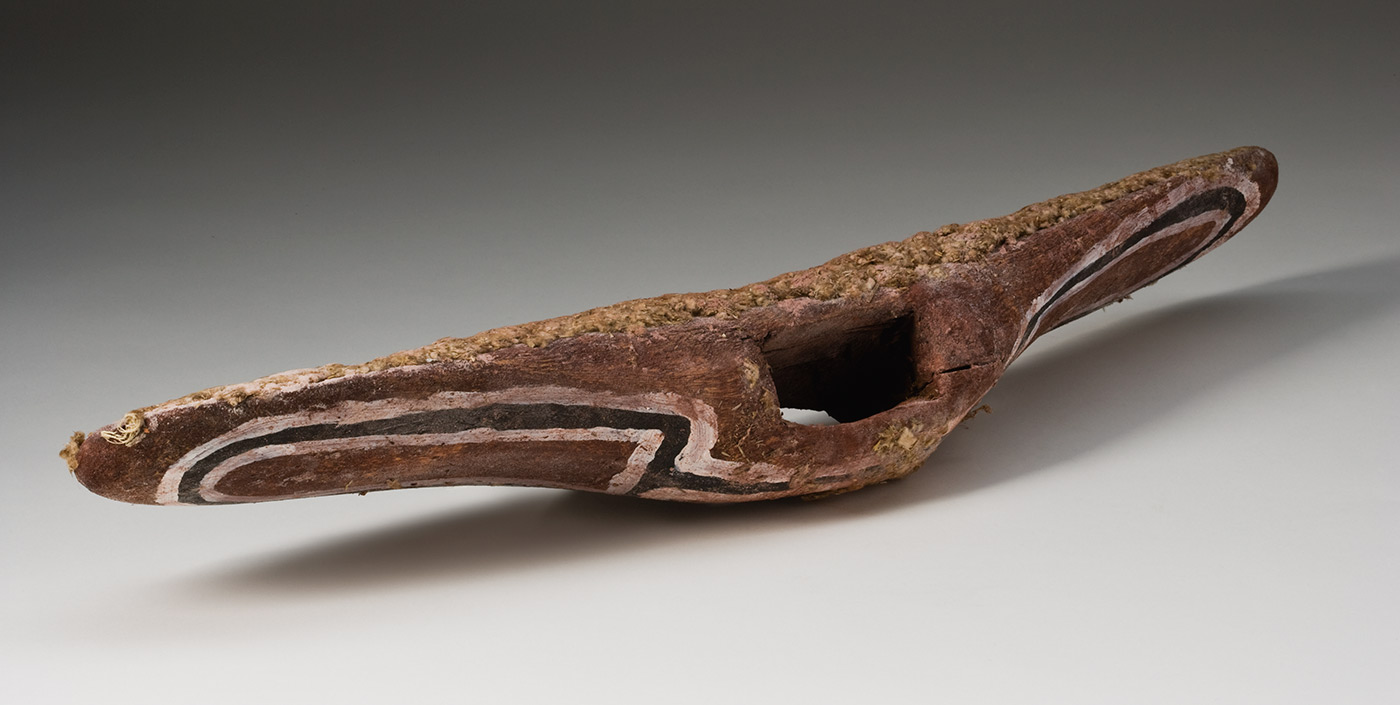
Shield by Ned Cox
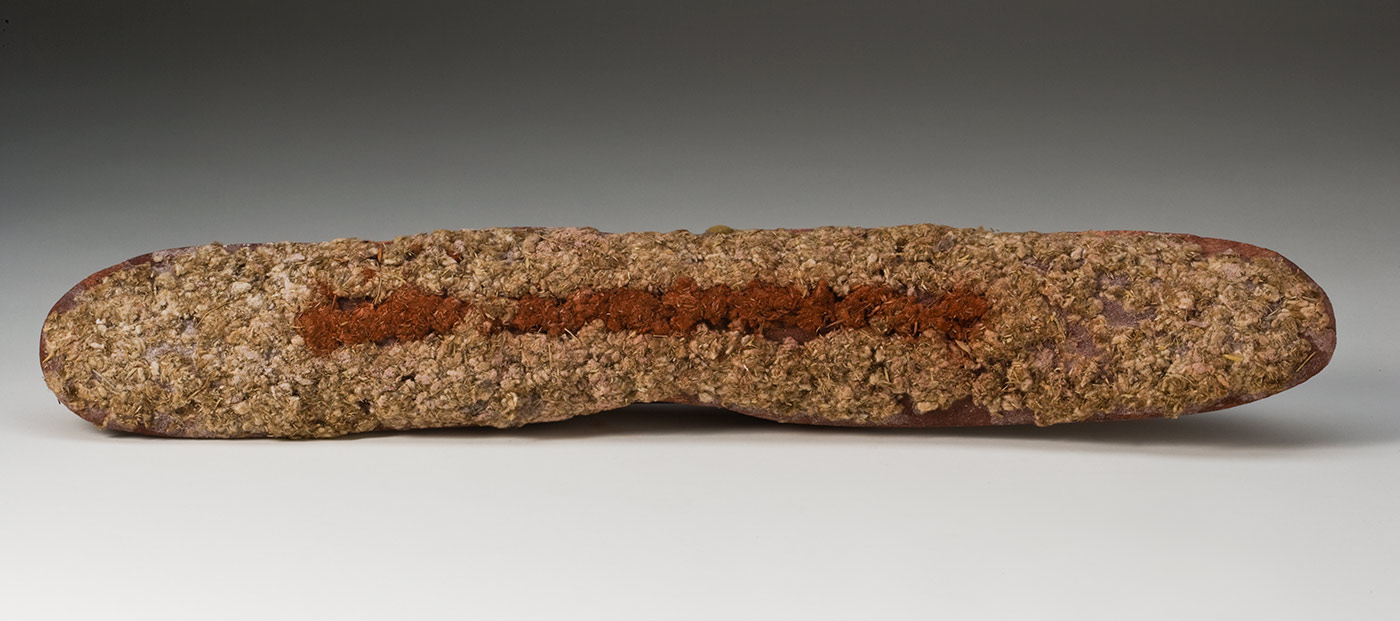
Shield by Ned Cox
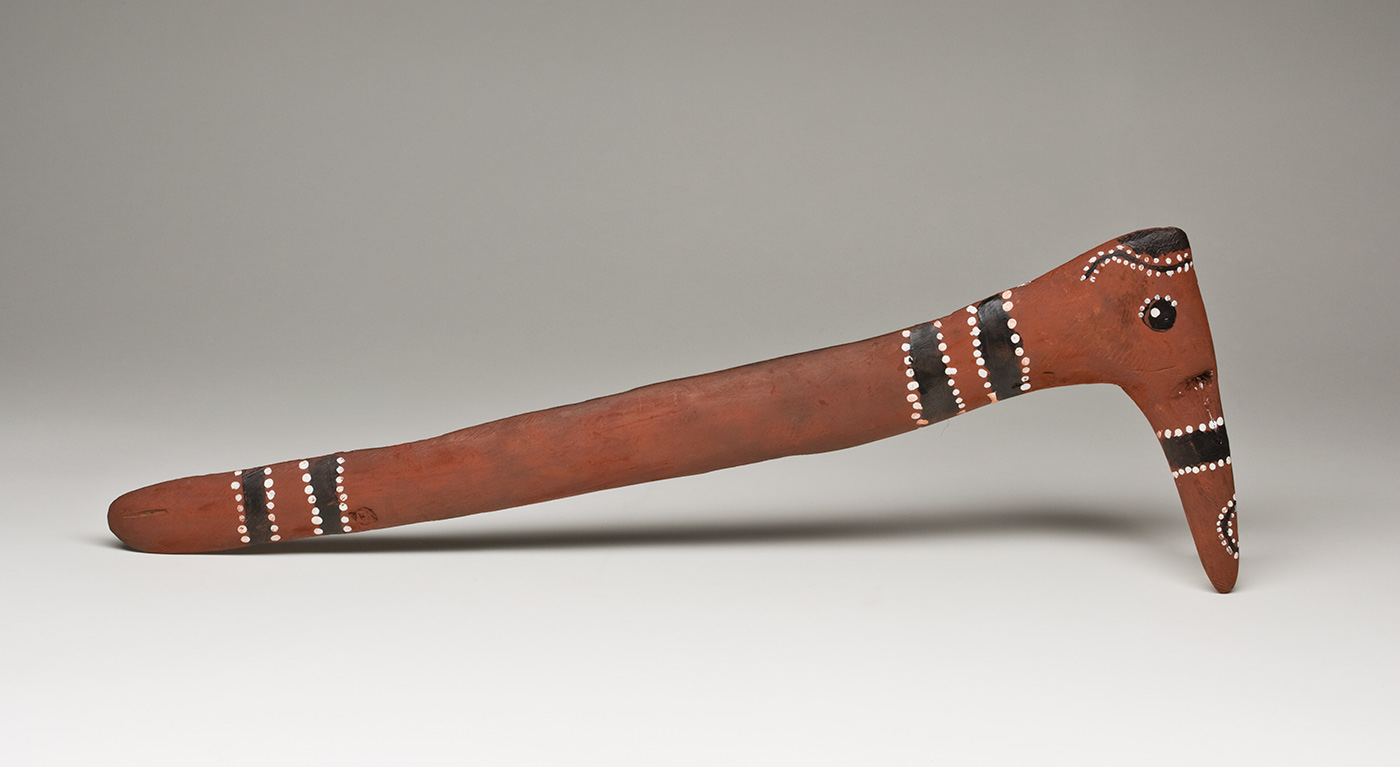
Wirlki (‘number 7’ boomerang) by Ned Cox
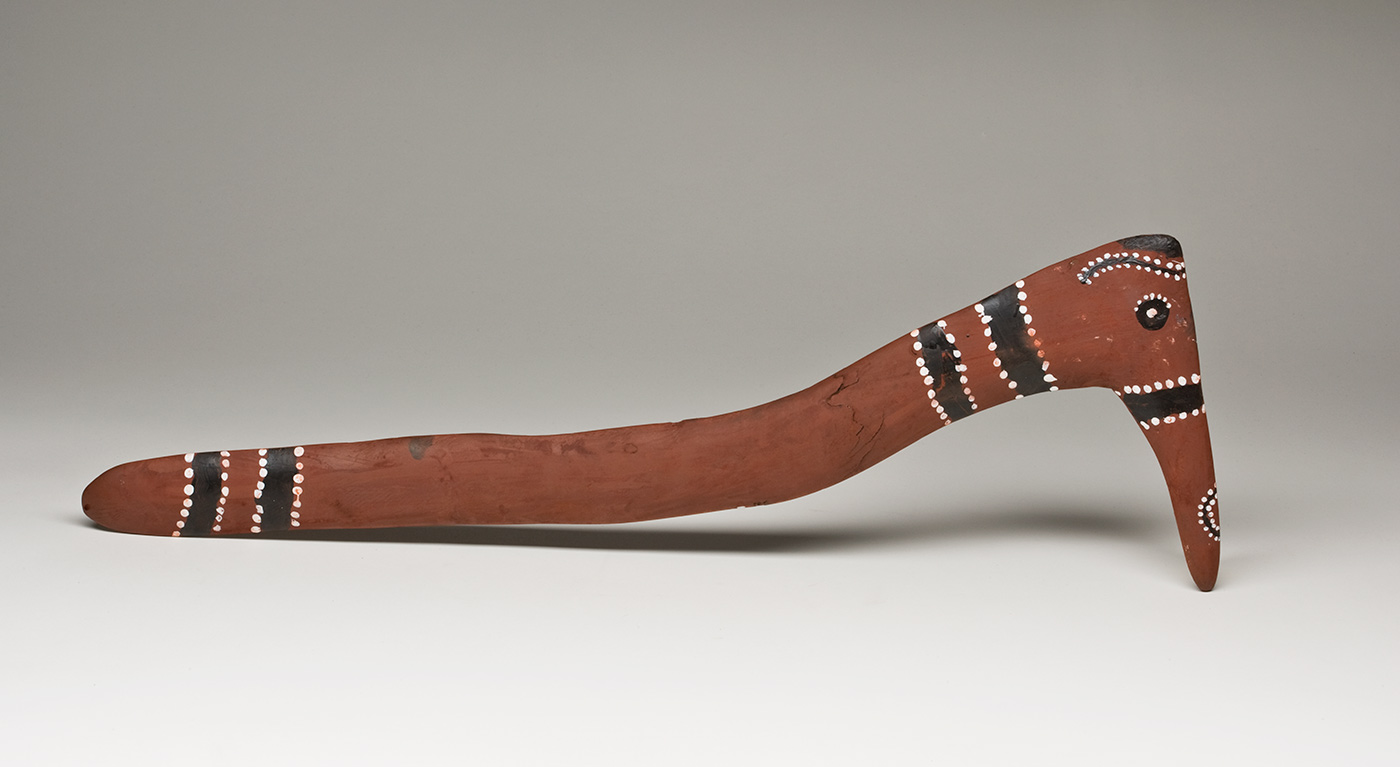
Wirlki (‘number 7’ boomerang) by Ned Cox
Explore more on Yiwarra Kuju
